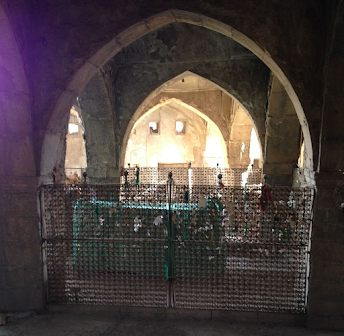Anakim, Rephaim, oh my!
This week's parsha features Bnei Yisrael passing through Edom and the two Emorite countries - Sichon's country and Og's country ( Bamidbar 21:21-35 ). Og was the last of the Rephaim ( Devarim 3:11 ), a race of giants that were wiped out way back during the War of the Four and Five Kings in Beresheet ( 14:5 ). Some midrashim state that Sichon was also a giant, of the antediluvian kind (for example, Devarim Rabbah 11:10 ). Looking through Tanach it occurred to me that giants might be frightening, but they obviously aren't unbeatable. David and his men defeated a number of giants, and, as mentioned already, the four Mesopotamian kings managed to defeat the Rephaim. And yet, two parshas ago, when the spies told Bnei Yisrael that there were Anakim in the Land of Yisrael ( Bamidbar 13:28 ), Kalev and Yehoshua said nothing about "hey, guys, giants are not unbeatable!" Kalev made a more generalized statement, that "yes we can, because we have Hashem!" ( ibid

